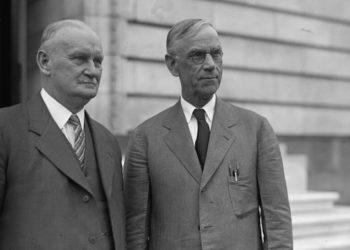Car companies are tasked with pushing forward, anticipating buyer desires and trends, hoping to capture market share. Few are putting detailed effort into preserving their past at the same time. Lamborghini is one of the few.
The Italian automaker’s Polo Storico program celebrates its 10th anniversary this year. The team of historical automotive experts and mechanics is tasked with preserving the heritage of the company, even if that means stripping down its most beloved and heralded models to bare sheet metal for a magnified inspection.
“We decided in 2015 to found Polo Storico, that is at the end of the day, the heart of the heritage of Lamborghini, because we are the only ones that have the full archive of the car that has been produced in the past,” Automobili Lamborghini’s Chief Marketing and Sales Officer Federico Foschini told Newsweek during a presentation at the Lamborghini Lounge during Monterey Car Week.
When Polo Storico talks about Lamborghini heritage, the focus is on models 20-30 years older than today’s. That means that they cover everything from the 1964 Lamborghini 350 GT through the Miura, Espada, Islero, Jarama, Urraco, Countach, LM002 and Diablo.
The Murciélago, produced from 2001-2010, is the next model that will age into the Polo Storico portfolio. “We speak about Murciélago in 2030,” Alessandro Farmeschi, the company’s global after sales director, told Newsweek.
Despite the number of model names spanning the decades that Polo Storico works with, during that time, only about 10,000 vehicles were made. Modern Lamborghini tops that annually.
Polo Storico specializes in archiving, certifying, restoring and rebuilding parts of vehicles (when necessary). Historians and mechanics detail and log every part of a vehicle, ensuring its authenticity for generations to come. Once complete, a restored vehicle is returned to its owner, who also receives a book detailing each of the intricacies and serial numbers of the car, proving its total validity.
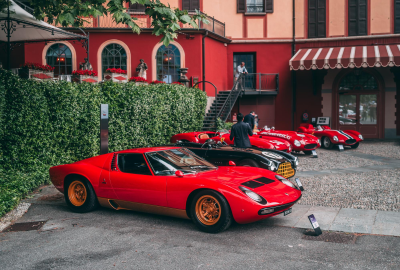
Automobil Lamborghini
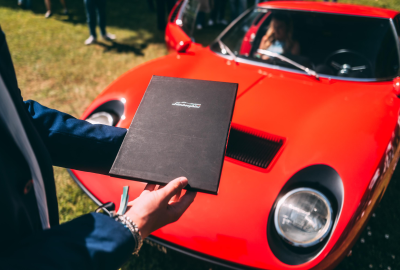
Automobil Lamborghini
The division has also been tasked with building Lamborghini’s comprehensive archives. “This work has been the most important and the most difficult, because the company has gone through several hands in its history, and [during parts of the company’s history] we were not … thinking about the heritage, in the 70s, in the 80s, and so collecting all this information has been for us already an effort,” Farmeschi explained.
Aside from finding documentation from the company’s past, digitizing that information is one of the most time-consuming things the five-person Polo Storico team works on. “[As] you can imagine, everything is on paper – technical drawings, invoices, any kind of spreadsheet, commercial information,” he said.
That work has paid off. “We have now the physical archival in the company. The ones who will come to visit us will have the opportunity to see physically this archive, digitalized, organized and then managed,” Farmeschi said.
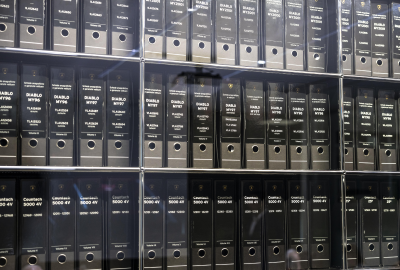
Automobili Lamborghini
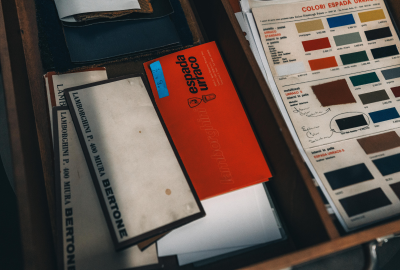
Automobili Lamborghini
Since it was founded, Polo Storico has completed about 200 certifications. “Our goal is not produce certificates, but being sure that every car is properly analyzed, and we take also this opportunity to learn more about the specific cars we get back from our customers,” the division head shared.
“The past is important,” Lamborghini CEO Stephan Winkelmann told Newsweek. “By investing in the future, the wealth of the Temerario and Urus is keeping the brand strong and even stronger in the future. And this is, for sure, also very good for all the cars from the past, because they are part of our history. And if the brand is alive, then people continue to talk about it.”
The post Lamborghini Isn’t Just Pushing Forward, It’s Preserving History appeared first on Newsweek.


